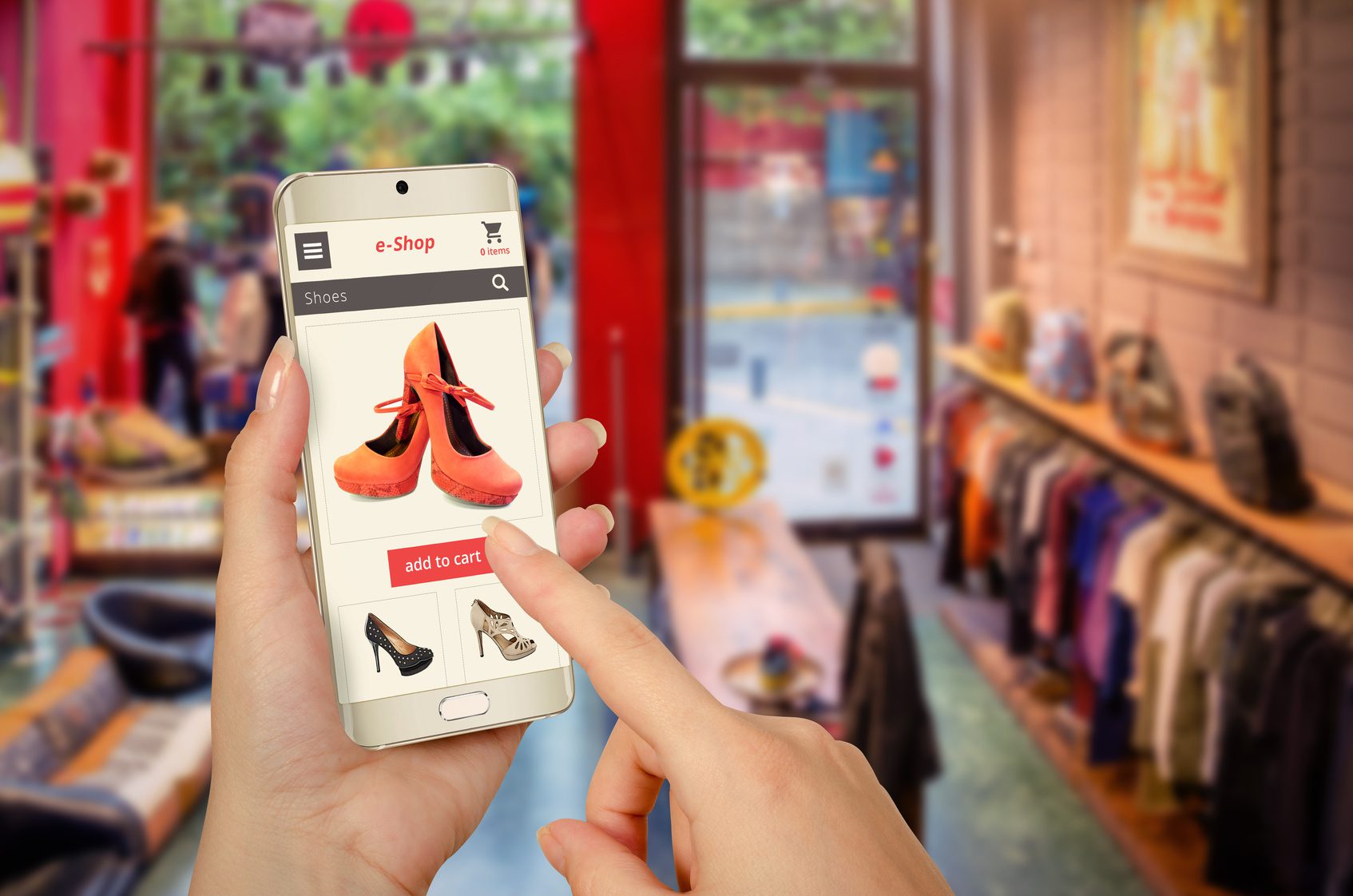When prepaid financial services first emerged they took a page from the book of banks – charge lots of money for basic services and profit even more from hidden fees. Well that didn’t last long.
First, there were regulatory changes that required (somewhat) better behavior among prepaid providers. But then prepaid companies realized something even more significant – consumers were pissed off at banks, and this could be a boon for their own businesses.
Smarter prepaid companies realized if they offered banking-like services – debit, direct deposit, even lending – without the terrible fees, their consumers just might stick around longer. Thus emerged a growing trend in services that essentially replace what banks can do for a whole lot less money – and more importantly, these companies have the expressed intention of helping their consumers become financially sound. After all, financially sound customers tend to stick around longer.
What we found in identifying five disruptive financial services this year is that the trend toward socially responsible finance has pushed its way into payday lending, prepaid debit and even money transfer. Here’s what we learned.
Socially Responsible Banking without the Banking Fees, or the Bank
The marketing tagline on Simple’s website reads, “Ready to replace your bank?”
Simple knows its audience is likely the unhappily banked, if not the unbanked – folks who have been burned by hidden banking fees for overdrafts or late payments – even fees for non-use.
So Simple offers banking-like services without the banking fees, and it has a larger goal – to educate consumers to budget better and become more financially sound.
Simple can afford to be cheaper than regular banks. It has no brick and mortar retail overhead – instead it functions almost entirely through an Android and iPhone device application that lets users upload checks through their cameras and then transfer funds, pay bills and even begin separating funds for savings.
Through these mobile interfaces, Simple users can see more than just their balance; they can set savings goals and view their pending bills. In fact, probably the most enticing of Simple’s features is Safe-to-Spend, which does all the spending math for consumers by taking their balance and subtracting upcoming bill payments, pending transactions and any long term savings goals the user set. Then the tool offers the true amount of what’s actually safe to spend that day.
Simple doesn’t promote itself as a prepaid debit card, but essentially it is one. The service is based around the very same business model as prepaid companies like BankingUp and GreenDot that have already successfully transformed prepaid accounts into moveable bank accounts. And while GreenDot doesn’t promote itself as a socially responsible banking alternative, it has made huge steps in fee transparency, program simplicity and keeping its consumers in constant touch with their available balance through a mobile interface.
Meanwhile, Simple isn’t alone in its push for teaching financial responsibility to consumers. Prepaid provider Kiboo bases its entire business model around educating consumers on budgeting and using the prepaid card and related services as a tool for improving financial health.
Eventually we expect to see most prepaid debit programs flesh out full banking-like accounts, and the smart ones will do it with socially responsible, financial health features to boot.
The New Face of Payday Loans: Socially Responsible Lending Emerges
Sasha Orloff, the CEO of short-term lending company LendUp, explains his company this way: “Our entire goal is to never get you deeper into debt.”
That’s kind of a mega-statement for a private lending provider considering most payday lenders purposely profit off of hidden fees and lateness penalties that keep consumers in a cycle of ever-growing debt.
But LendUp is taking the same socially responsible direction as many prepaid providers are in their alternative banking services. The basic concept is, stay transparent, don’t charge hidden fees, help consumers become financially responsible, and make money off of selling an honest and dependable financial service.
LendUp allows consumers to apply for short-term, small loans through an Android or iPhone app, gain immediate approval and receive funds in their bank account within 15 minutes.
LendUp charges a 17 percent fee, but it doesn’t allow for rollovers – meaning if users can’t pay their loans back on time, they don’t continually rack up fees as they finally do pay back.
But LendUp encourages consumers to do right by rewarding them for good behavior, like timely pay back or willingness to take the company’s financial management classes.
“As you demonstrate good behavior, we reward you with points … and that translates into being able to borrow more money, at lower rates for longer periods of time,” explains Orloff.
As users build a strong payback record, they are automatically graduated up the so-called LendUp Ladder, and into lower rates, which Orloff says can be as low as an eighth of what a typical payday lender would charge.
But probably most radical, LendUp aims to help consumers build their FICA scores by reporting loan activity to credit bureaus. The idea is that eventually LendUp will prep its customer base for larger, longer-term loans.
It’s no coincidence that lending services and prepaid financial services are taking a turn for the socially conscious at once. The unhappily banked are leaving traditional banks in droves and the last thing they’re looking for are alternative services that treat them poorly too, Orloff explains.
Now it’s inevitable that prepaid and lending services will become unified or at least intersect. Prepaid will become the transaction tool for lending, check cashing and other services, Orloff explains. Together the services may not always be the cheapest available, but they’ll be the most transparent and the simplest to use – and in turn, the customers will come and they will stay.
Will Gift Cards Change the Face of Money Remittance?
Michael Aleles, CEO of closed loop gift card provider Quippi, wants to make it very clear… his company is not a money remittance provider, but its services will disrupt that market.
That’s because Quippi provides closed loop gift cards that consumers can buy in the US and send to their friends and family in Mexico at no fee. Basically the US consumer buys a card in-store or online and then sends the PIN to their friends in Mexico, who can then use the value at issuing retailers.
Quippi has partnered with eight major retail groups in Mexico, which include pharmacies and groceries, and the company recently added a telecom carrier. These retailers pay Quippi to be part of the program, so Quippi doesn’t have to charge the consumer fees.
“You have merchants that are willing to pay the fee to get someone to walk in the door if they use the card,” said Aleles. But open loop cards don’t provide the same incentive for retailers. “The value for retailers is that they get a captive audience.”
For US consumers, buying closed loop cards is a way to control how and where their family members spend the funds in Mexico. But it also protects them from the steep charges associated with transferring funds abroad.
“If you look at how our target consumers interact with financial services, they are generally paying the highest fees of anyone – whether it’s for payday loans or check cashing or with prepaid. We fundamentally don’t think that’s fair,” said Aleles. “The logical way to change this is on the back of the gift card business model.”
Ultimately the Quippi model is not a remittance replacement since users in Mexico can’t use their cards to receive actual cash. But it is a way to transfer value for a whole lot less – and that’ll cause disruption in more than one market.
“Although we are not a remittance provider, we compete and disrupt in that market. There are lots of ways to move money across border but they all involve paying a fee,” said Aleles. “Quippi will also be disruptive to retailers that don’t embrace gift cards.”
Where Quippi won’t disrupt is in the prepaid and gifting market. “We believe these are complementary products,” Aleles explained.
When your Wireless Provider is Your Banker
It turns out the promise of the mobile wallet may not be about allowing consumers to leave their plastic credit cards at home and allowing them to pay using their mobile phones. It may not even be about the amazing retail details that come along with location-based mobile marketing.
Instead, the real value of the mobile wallet may lie in the ability to allow users to pay their bills, transfer funds and manage their financial lives all through a single mobile device platform. The provider of these wallets won’t be banks or even prepaid companies, but rather prepaid wireless providers.
In the past year, we’ve seen major prepaid mobile wallet offerings from wireless providers like Sprint and Boost Mobile, T-Mobile and Metro PCS — and now a slew of MVNOs are looking to add wallets to their feature sets as well.
These companies are not focusing on mobile marketing or loyalty. They don’t even necessarily want to completely replace plastic (Boost offers a plastic card that can be linked to its mobile wallet). Instead, they’re looking to displace check cashing joints.
Users can pay their utility bills, use their cameras to load checks, receive direct deposit, view their transaction history and create budgeting plans, make P2P cash transfers and send money abroad.
Prepaid wireless providers say they know their audience – they’re either underbanked, unhappily banked or completely unbanked. Their lives can be hectic and they spend way too much time standing in lines in check cashing joints. The goal of the prepaid mobile wallet is to simplify their lives and in the meantime lengthen the relationship between wireless provider and prepaid customer.
Now that the major prepaid wireless providers have paved the road into the mobile wallet, a number of companies are offering white label wallet services for MVNOs that are looking to get into the business. Now that mobile providers can’t go much lower on pricing, the best mobile wallet offering may be the differentiator that matters.
With Prepaid Bitcoin, Stored Value US Currency is So Last Year
There are two levels of excitement about Bitcoin – there’s the buzz that occurs over a cup of coffee and a theoretical conversation about how virtual currency may one day change the world. Then there’s the kind that occurs when consumers can actually spend the virtual currency in a physical store, maybe even draw out the funds at an ATM. The latter is what spurs actual widespread adoption, and it’s becoming a reality.
Love or hate Bitcoin, it doesn’t appear that virtual currency will disappear any time soon. Either way, prepaid providers will continue seeking other alternative currencies to work with. Most prepaid Bitcoin providers say they are happy to take on multiple currencies over time. •












